Jupiter In Infrared Light, As Seen By NASA’s InfraRed Telescope Facility (IRTF). The Observations Were

Jupiter in infrared light, as seen by NASA’s InfraRed Telescope Facility (IRTF). The observations were obtained in support of NASA’s Juno mission by a team headed by Juno scientist Glenn Orton.
More Posts from Monecky and Others






On that day in 1957 was launched the satellite Sputnik 1, the Earth’s first artificial satellite.
The Soviet Union launched it into an elliptical low Earth orbit on 4 October 1957, orbiting for three weeks before its batteries died, then silently for two more months before falling back into the atmosphere. It was a 58 cm (23 in) diameter polished metal sphere, with four external radio antennas to broadcast radio pulses. Its radio signal was easily detectable even by radio amateurs and the 65° inclination and duration of its orbit made its flight path cover virtually the entire inhabited Earth. This surprise success precipitated the American Sputnik crisis and triggered the Space Race, a part of the Cold War. The launch ushered in new political, military, technological, and scientific developments.
read more & video

canon

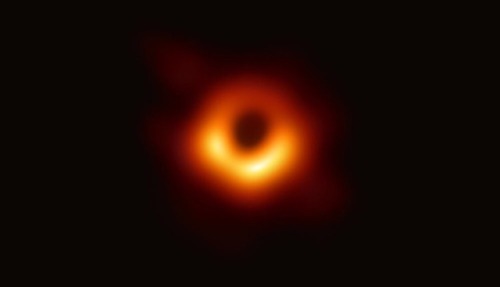
çekilmiş ilk karadelik fotoğrafı hadi biraz kültürlenin

Same same but different. See cloud patterns near #Jupiter’s south pole in this series of color-enhanced images captured during my latest flyby of the planet.
Humanity’s first ever picture of a black hole.

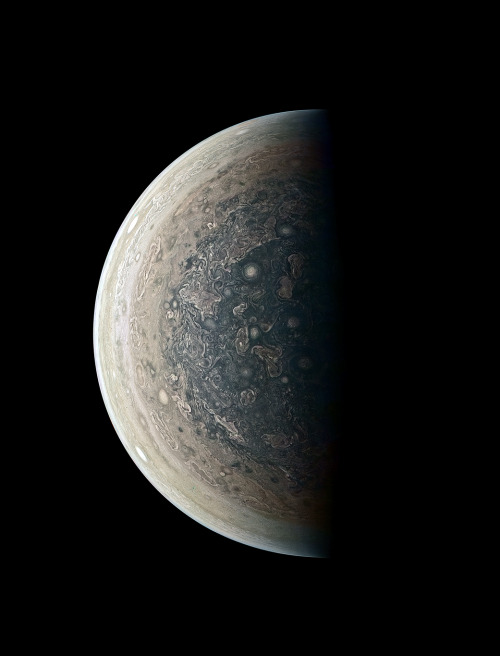
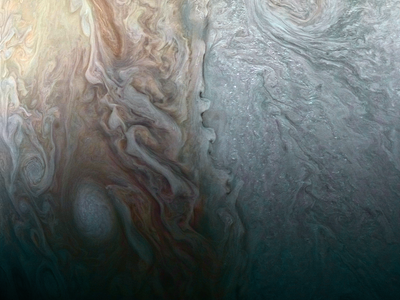



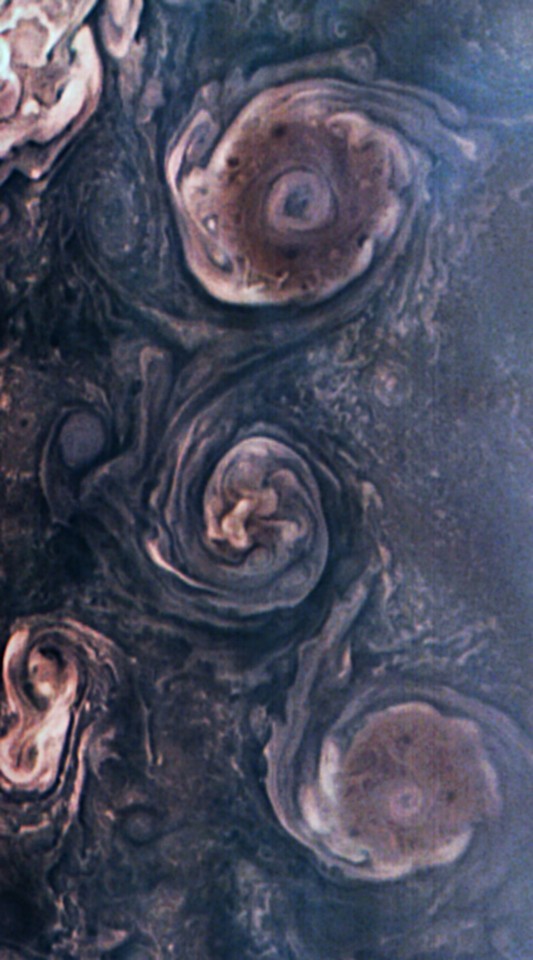



Images of Jupiter taken by JunoCam on NASA’s Juno spacecraft.
Credit: NASA, JPL-Caltech, Mission Juno, Jason Major, Luca Fornaciari, Gerald Eichstädt







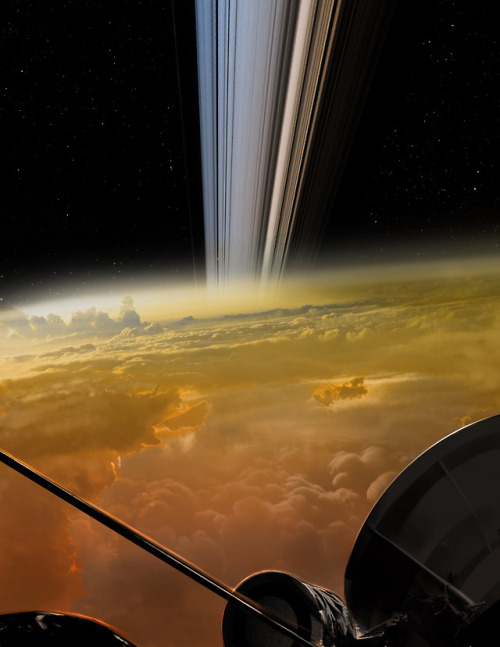



This artist’s concept shows an over-the-shoulder view of Cassini making one of its Grand Finale dives over Saturn | NASA/JPL-Caltech
-
 happy-joy-joy reblogged this · 3 years ago
happy-joy-joy reblogged this · 3 years ago -
 sweetbutterbliss reblogged this · 4 years ago
sweetbutterbliss reblogged this · 4 years ago -
 sweetbutterbliss liked this · 4 years ago
sweetbutterbliss liked this · 4 years ago -
 socialrecluse liked this · 4 years ago
socialrecluse liked this · 4 years ago -
 astronofeminist reblogged this · 4 years ago
astronofeminist reblogged this · 4 years ago -
 normandy55 liked this · 5 years ago
normandy55 liked this · 5 years ago -
 astronofeminist liked this · 5 years ago
astronofeminist liked this · 5 years ago -
 aesthol reblogged this · 5 years ago
aesthol reblogged this · 5 years ago -
 aesthol liked this · 5 years ago
aesthol liked this · 5 years ago -
 its-not-that-cymbal liked this · 6 years ago
its-not-that-cymbal liked this · 6 years ago -
 ambiguoud liked this · 6 years ago
ambiguoud liked this · 6 years ago -
 khonjinboi liked this · 6 years ago
khonjinboi liked this · 6 years ago -
 tacitamura liked this · 6 years ago
tacitamura liked this · 6 years ago -
 littlebitofeverything liked this · 6 years ago
littlebitofeverything liked this · 6 years ago -
 matthew-1of2 liked this · 6 years ago
matthew-1of2 liked this · 6 years ago -
 communistkirby liked this · 6 years ago
communistkirby liked this · 6 years ago -
 um-pouco-de-tudo-blog-v liked this · 6 years ago
um-pouco-de-tudo-blog-v liked this · 6 years ago -
 giorgioooo-blog1 liked this · 6 years ago
giorgioooo-blog1 liked this · 6 years ago -
 pocketphoenix liked this · 6 years ago
pocketphoenix liked this · 6 years ago -
 matt-in-the-multiverse reblogged this · 6 years ago
matt-in-the-multiverse reblogged this · 6 years ago -
 burnurcity liked this · 6 years ago
burnurcity liked this · 6 years ago -
 hornsofthedilemma liked this · 6 years ago
hornsofthedilemma liked this · 6 years ago -
 ajc18615425 liked this · 6 years ago
ajc18615425 liked this · 6 years ago -
 specimen-989 liked this · 6 years ago
specimen-989 liked this · 6 years ago -
 itsonyx reblogged this · 6 years ago
itsonyx reblogged this · 6 years ago -
 itsonyx liked this · 6 years ago
itsonyx liked this · 6 years ago -
 random-fandom-mexican-girl liked this · 6 years ago
random-fandom-mexican-girl liked this · 6 years ago -
 spookymulderjr liked this · 6 years ago
spookymulderjr liked this · 6 years ago -
 tippy-toe-420 liked this · 6 years ago
tippy-toe-420 liked this · 6 years ago -
 illknight reblogged this · 6 years ago
illknight reblogged this · 6 years ago -
 ourunholyscreeching liked this · 6 years ago
ourunholyscreeching liked this · 6 years ago -
 blaze2fussion33 liked this · 6 years ago
blaze2fussion33 liked this · 6 years ago -
 r9g0k42 liked this · 6 years ago
r9g0k42 liked this · 6 years ago -
 laty0702 liked this · 6 years ago
laty0702 liked this · 6 years ago -
 daemondamian liked this · 6 years ago
daemondamian liked this · 6 years ago -
 tomcat6335 liked this · 6 years ago
tomcat6335 liked this · 6 years ago